
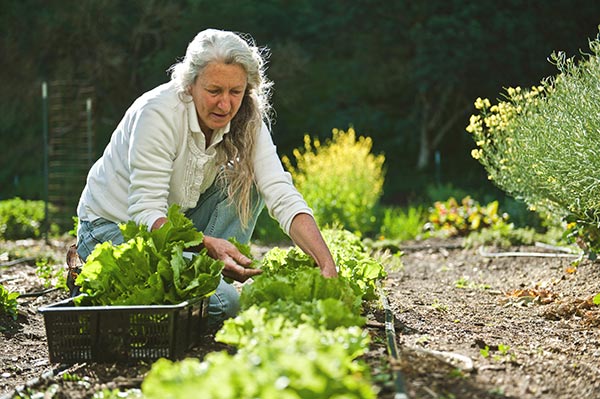 |
|
Wente Family Estates, Livermore Valley, basks in spring sunshine. The vineyards are on sloping hillsides, on ancient stony riverbeds, along fertile valley floors and at the base of steep sandstone cliffs. The microclimate of each of these locations is well suited to specific grape varieties. [Photo provided to China Daily] |
Lu Jiang, a Beijing wine critic and consultant, says wine tourism in Chinese wine-growing regions is still in its very rudimentary stages. Changyu, a leading Chinese wine producer, has the Chateau Changyu Afip Global in Miyun county, about 80 kilometers from the center of Beijing, but Lu sees this more as a resort village than a winery estate in the strictest sense.
"But more and more wineries, such as like Grace Vineyard in Shanxi province, are becoming aware of the importance of developing wine tourism and are starting to do something."
Many Chinese wine lovers are pinning their hopes on Ningxia Hui autonomous region, in the country's northwest. The New York Times this month devoted lavish space to an article about how China's winemakers are looking to create their own version of Napa Valley-a location that would draw in wine tourists by the tens of thousands-and how the government is supporting such plans.
Jim Boyce, a Canadian who lives in Beijing, and who has had a wine blog, Grape Wall of China, for about 10 years, has visited Ningxia since 2009 and has consulted with the Ningxia government on projects such as Ningxia Winemakers Challenge.
Ningxia's main asset is that it is the only place in China that has a lot of wineries very close together that make good wine, Boyce says.
"Shandong and Hebei have a lot of wineries, but I don't think they have the quality and consistency of Ningxia. It also has some interesting history, fantastic food that is very hearty, with lots of vegetables and a lot of lamb. I think it's just a fun place to be. They've got Yinchuan city as well."
The key thing now is to develop infrastructure, he says, including ways of getting tourists from Yinchuan out into the wineries.
"That's very difficult right now because there isn't much infrastructure in terms of transport, and there are not that many wine tasting rooms for visitors."
Boyce says he often gets people e-mailing or calling him from Yinchuan, saying, "Hey, I am here. How do I get to the winery?"
"Usually I have to call the winemaker, the winery owner, to see if it's OK and they have to find some transport."
By contrast, it is simple to get around the wineries of California, especially in Napa, he says.
"In terms of California winery tours, one of the benefits is you are so close to San Francisco, which is a great cultural city. That makes going to Napa, Sonoma, Lodi and other regions just much more attractive because you can send a few days at San Francisco as well."
Bob Miao, a former director of Michelin Guide China Maps and Traveling, says: "It couldn't be better for developing wine tourism if a wine region is near a metropolis, such as Napa Valley and San Francisco, Santa Barbara and Los Angeles, Champagne and Paris, Yarra Valley and Melbourne. Otherwise it has to develop into a whole famous city like Bordeaux."
More and more Chinese tourists in Paris are taking time to travel to the Champagne region, just an hour away, he says.
Lu Jiang, a Beijing wine critic and consultant, says the prospects of Huailai Valley, 70 kilometers northwest of Beijing, are good for developing wine tourism.
Huailai is also a resort for its natural hot spring water, he says.

China's top 10 foodie cities |

Cute boxed meals |
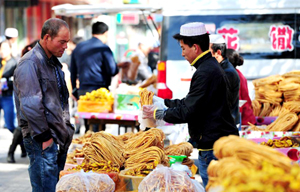
Muslims greet annual festival of Eid al-Adha in Yinchuan |
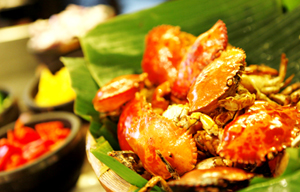
Cafe Noir hosts Singapore food festival |
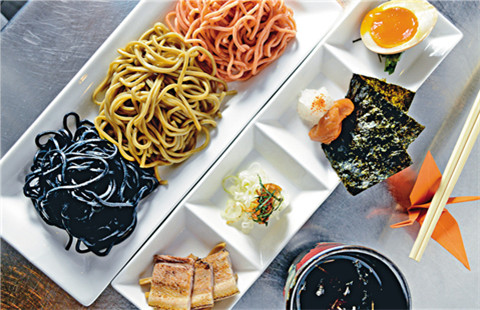
11 cold noodles for hot summer days |
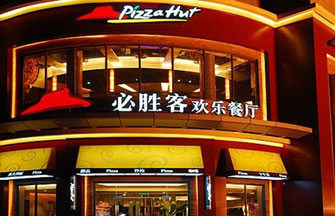
Top 10 catering brands in China |
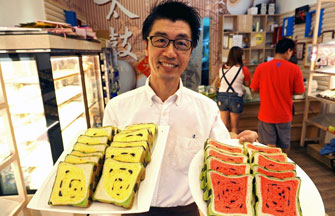
Watermelon toast gains popularity in Taiwan |
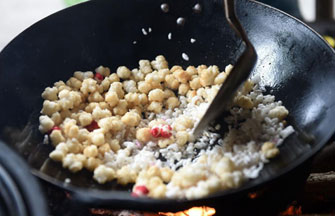
Tradition of drinking oleic tea in Guangxi |